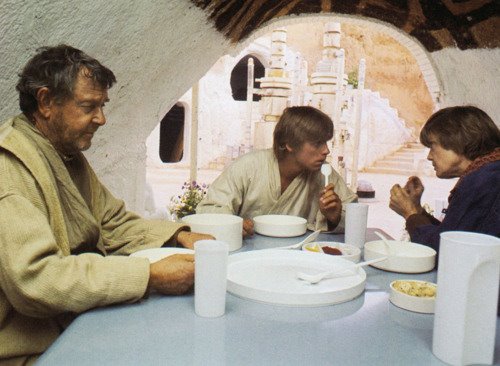I notice people doing this a fair bit, to people who are considering quitting their job, or starting up as an indie developer. My experience is obviously from indie game development, but the same applies to almost any ‘going indie’ career, even if it’s opening a corner shop. Why do they try and stop this? and do they have a point?
Reason #1 “You won’t make any money”
This often translates into a subconscious fear that you “will” make some money. If you do, then their own decision to stay in a normal job seems kinda crazy. Note that often the people who work for themselves tell you to go do it, it’s the ones in safe jobs that tell you that you won’t make any money.
Reason #2 “You will forfeit your bonus”
Isn’t it interesting how every job has a bonus and a promotion and a raise ‘just around the corner’? Also, it may or may not be news to you but those share options they keep giving you are probably worth jack-shit. Ask to exchange them for just a ferw thousand dollars and see what they say. They are a way to keep you from quitting without it costing the company anything. And that bonus? It’s probably not going to happen. Look around your workplace and check that you aren’t just reciting that Luke/Uncle Owen scene. “You can go to the academy next year luke…”

Reason #3 “There is too much competition”
Yeah right… It would be crazy to start up a new search engine Sergey, have you not seen yahoo and Lycos, they OWN this market. And what does Zuckerberg think he is doing, MySpace is already the king there… Times change. The games industry is always changing and growing. Sure there is a lot of competition, but a lot of it sucks, and there is room for a few more. If there was no competition the same people would say the market is too small, or it was impossible to create a market for that.
Reason #4 “It will be lonely”
I met guys in offices who would sit with headphones on and not talk to anyone for the whole day. Going indie doesn’t have a monopoly on loneliness or boredom :D. Plus fellow indies are a chatty and likable bunch. There are probably a few developers, maybe not in games, but certainly in software, living not far from you. Once you get over the initial geeky shyness, getting out and meeting other devs becomes great fun. With skype, instant messaging, phones, facebook etc, you don’t have to be a hermit to work for yourself. On the whole, I’ve found people who work for themselves to be a much more optimistic and cheerful bunch than average.
Reason #5 “You’re wife/husband won’t let you”
Remind them of the ‘richer/poorer’ bit in the vows :D But seriously, your friends don’t know more about your private situation than you do, so don’t listen to them on it.
Reason #6 “It means no job security”
Must I point you at recent layoffs in the games industry? We aren’t like the car or oil business. When game devs go broke you get no notice. I mean NO notice. The doors are just locked one day, and if you are REALLY lucky, you won’t lose a few months salary that they lied to you about and said was ‘an admin problem’. Being indie is MORE secure than a proper job, because you have multiple income streams. If steam stop selling my games tomorrow, I’d be fine (gutted, but fine :D), because there are myriad other deals scattered about that trickle in some royalties. Plus royalty income slowly tapers down, you don’t get a sudden shock and a P45. Don’t get me wrong, being indie does ‘feel’ insecure for the first five years or so, but it really isn’t.
Convinced? :D